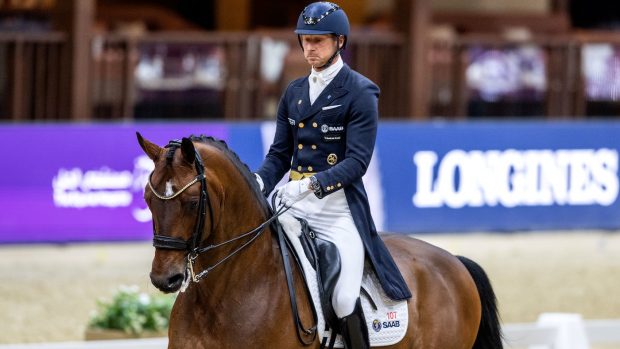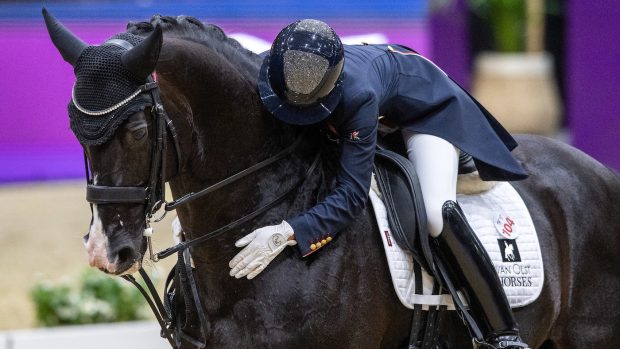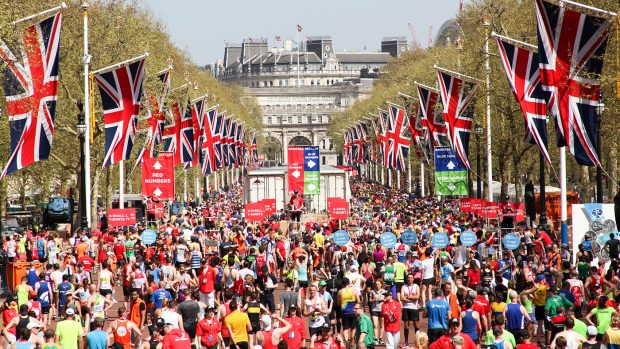Research funded by the Horserace Betting Levy Board could help reduce the risk of injuries in equestrian sports
Changes in the training of racehorses could help prevent injuries, according to new findings presented at a seminar for the racing industry this month at Cheltenham racecourse.
Research shows that short periods of fast work would help a horses’ skeleton adapt to the stress of racing – so, one furlong of fast work for every seven furlongs cantered during training should reduce the risk of injury.
Shortening the length of national hunt flat races and introducing schooling races for chasers could also help.
According to Dr Peter Webbon, the Jockey Club’s chief veterinary advisor, who chaired the seminar, many of the findings could also be applied to other equine sports.
He told Horse & Hound Online: “There is a direct tie-up for some of the findings with three-day eventing and there could be lessons for other disciplines, such as dressage and showjumping too.”
Dr Webbon also said that horses were more able to cope with exercise if training was started early.
The findings came from a number of different research programmes throughout the country. However, Dr Webbon stressed that many of the findings were preliminary.
He said: “This seminar presents the early results of the first steps on a programme of research that, over time, will get our horses fitter, maintain their fitness for longer and allow them to train and race at minimum risk to themselves and their riders.”
Among other findings presented was a report that the properties of the track surface have a significant effect on the incidence and type of injury.
The seminar was sponsored by Intervet Ltd, Dodson & Horrell, and the Horserace Betting Levy Boar, which funded much of the research.




